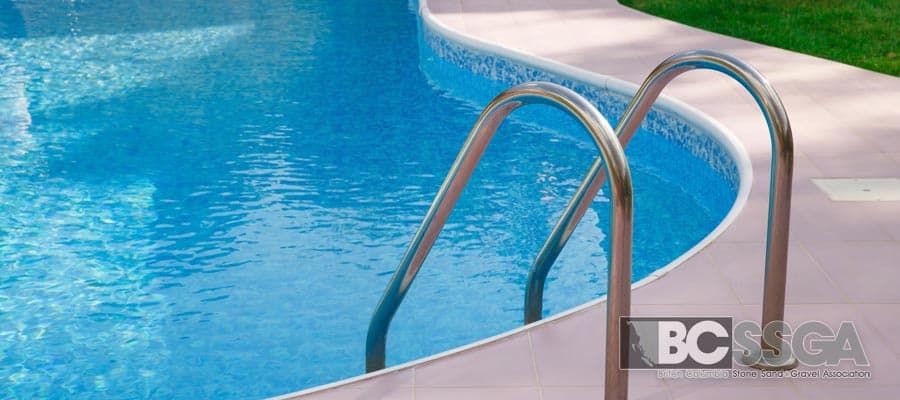What is Aggregate?
Aggregates refer to all types of quarry materials such as sand, gravel and rock. They are used to build and maintain our roads, construct bridges and buildings, provide solid bases for playing fields, water lines and sewer systems. It is the main component in both concrete and asphalt, which all modern heavy construction relies on as their key building ingredients.
Aggregates are essential to our daily life, from the obvious building applications to the not so obvious water filtration systems. In their unprocessed form they provide the lakes and river beds that diverse species of fish and wildlife rely on to survive. They are the mountains we ski on, the hills we climb, the meadows and fields we grow things in and the foundation that all we build is anchored to.
History of Aggregate
Most of our aggregate in British Columbia has its origins in the last Ice Age. As the glaciers moved across the continent they broke apart rock formations and rendered large chunks into smaller pieces of various sizes. When the glaciers receded, they left this rock material in their wake, giving us the seams of aggregate we use today
Types of Aggregate
When we look at aggregates what we see is just a loose collection of rock, sand and gravel but when those materials are sorted into sizes, rough or smooth edges, and material type they become crucial elements in the things we build.
Aggregate material is available to us almost everywhere we look. It is sorted into sizes, coarse or smooth finish, crushed and mixed with other quarry material to form products for specific applications and is essential to any building or landscaping project we undertake. Rock is the stable base underneath every building, road, bridge and any other man made structure we see today. Where aggregate has really stepped into the limelight is in concrete.
Concrete has rapidly become the building material of choice in the modern age due to the flexibility (when it’s poured) and durability of the product. It can be reinforced, moulded to create curves, and dressed up to be aesthetically pleasing, yet maintain strength and stability.



